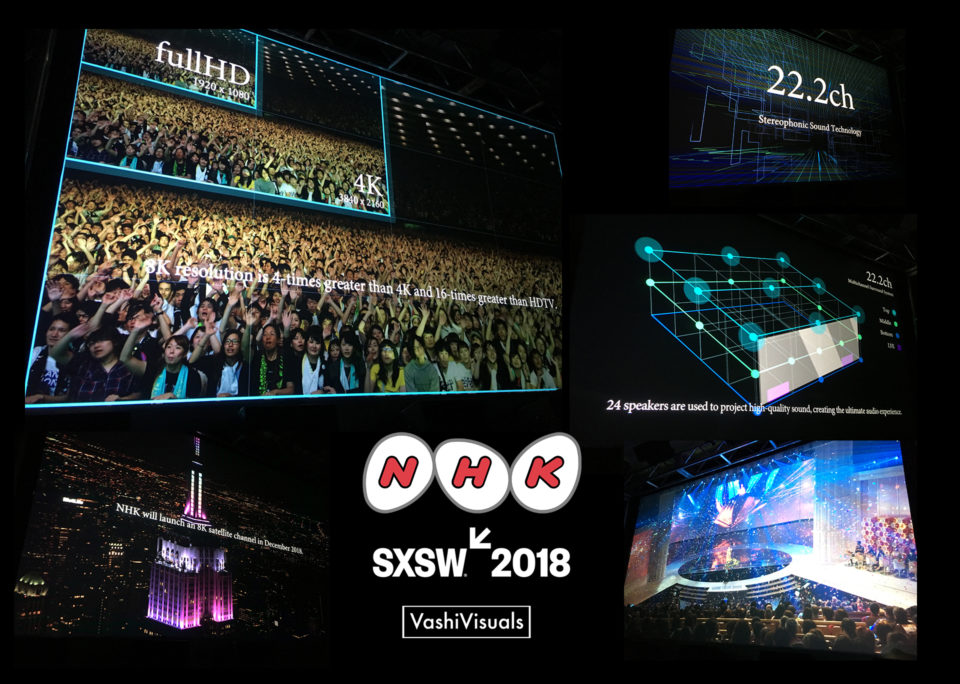
Several images straight from the 8K Theater by NHK Japan which debuted at SXSW 2018.
[Click to Enlarge]
8K video is coming right? Nope. It’s already here and has been since 2005 when 8K video was first screened at the EXPO 2005 in Japan.
NHK revealed their new 8K Theater at SXSW 2018 and VashiVisuals was there to experience the first screening.
8K (7680×4320 pixels) is four times larger than 4K (3840×2160) and 16 times larger than HD (1920×1080).
RED, Sony and Sharp are making 8K cameras now and I’m sure many more are coming as the pixel race continues.
As a film editor, I’ve already worked with 8K video and have also edited
6 BELOW, the first 6K feature film using only the native RED 6K files.
The resolutions of projects keep climbing and the solutions for projecting these images keep improving as well. No one knows how many K’s is too many and at what point there is diminishing returns on resolution. The debate in the feature film world revolves around “is 4K more than enough” for most projects and that latitude and sensor sensitivity are as important components to consider. That conversation is it’s own beast and will be handled in another post.
Most films that you see in theaters are projected with either 2K or 4K DCPs. The Digital Cinema Package is the industry standard in 2018 and there are very few theaters still projecting film. 8K will probably make its way into feature films as NHK has successfully proven it can be projected in theaters and broadcast through satellites.
NHK first aired 8K video content in May of 2009 and broadcast via terrestrial waves in May of 2012.
In December of 2018, NHK plans on launching the first dedicated 8K only broadcast channel.
What was the experience of 8K Super Hi-Vision like in person?
The 8K video presentation was sharp and vividly clear and it felt like you were literally looking through a window at the actual locations. There was no edge sharpening or halo-effect that can be visible in other large resolution formats where digital enhancement is added to push the sharpness.
The 8K projection was not the only thing that NHK revealed. They also demonstrated their 22.2 multi-channel sound system that consists of 24 speakers positioned above, below and all around the seats of the theater. 5.1 or 7.1 is the industry norm right now as audio is as important (and sometimes MORE important) than picture for compelling and clear storytelling.
In the 8K theater, the 22.2 sound was as enveloping and immersive as you would imagine. From an intimate jazz club, to a stadium concert to the streets of Tokyo…the multi-channel sound made it feel like you were physically in those spaces in a way I haven’t heard before.
The 8K theater and 22.2 multi-channel sound is very impressive and NHK has a lot of 8K content focusing on nature, music, sports, travel and performing arts. This can be seen in the 8K theater or on 8K TVs that already exist from Sony, Samsung, Sharp and LG. NHK began broadcasting 8K in Japan on August of 2016 and built several “Viewing Stations” in public places so anyone could watch.
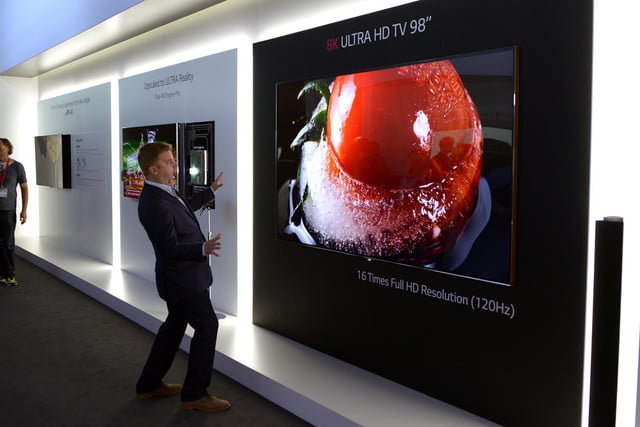
LG’s 98-inch 8K TV – Photograph credit – Digital Trends
The one genre that is missing seems to be narrative or feature films. Is there a need or desire for 8K motion pictures? I think it depends on the visuals and scope the film requires.
I’ve seen Lawrence of Arabia in 70mm and it felt much more dramatic as the clarity transported me to the desert. I feel epic films would clearly benefit from an 8K treatment more than let’s say a two-person drama set in one room.
Every new technological step forward can be used to enhance the storytelling process. That same technology can also handcuff the filmmaker or switch the focus to the technology instead of the story. Choices are good. I see a future for 8K and 22.2 sound in feature filmmaking, given the right projects, that will amplify the benefits of the tech. The vision of the filmmaker knows no bounds. To have the option and use it effectively is the only challenge.
I’m excited to see what happens next!
Until next time…

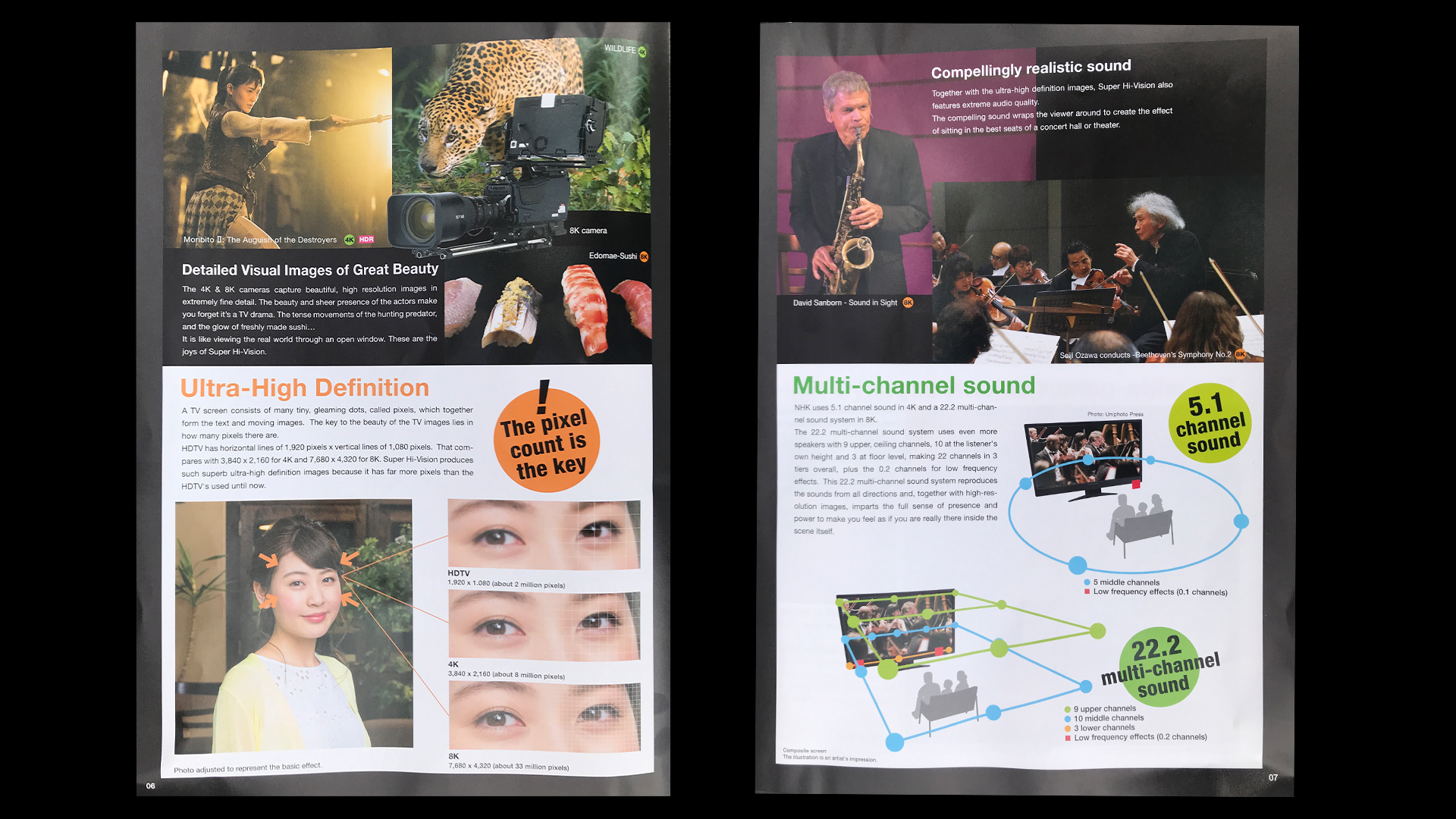
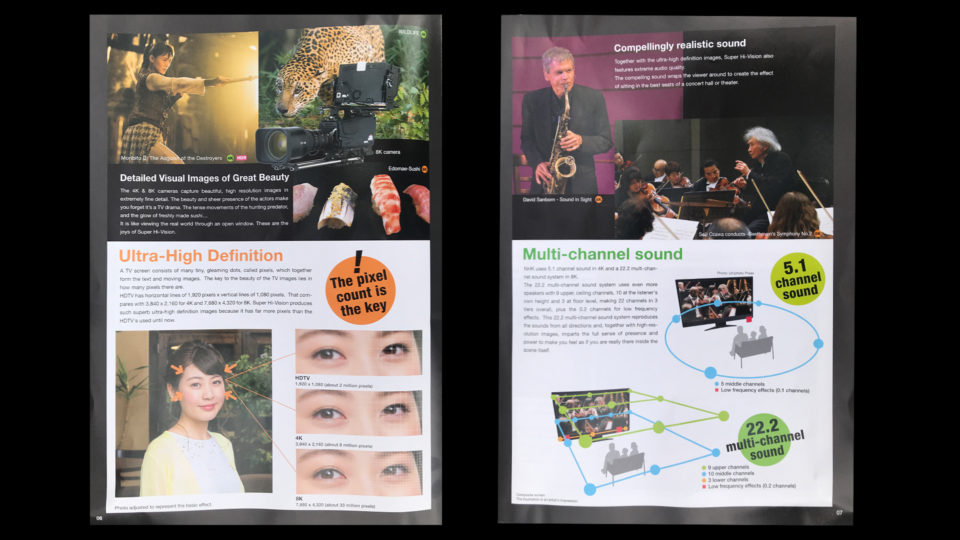
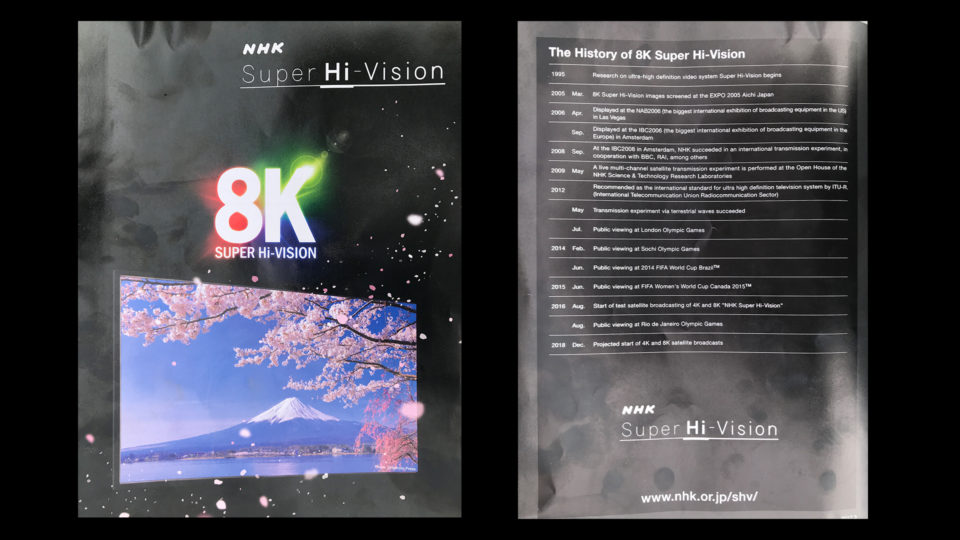
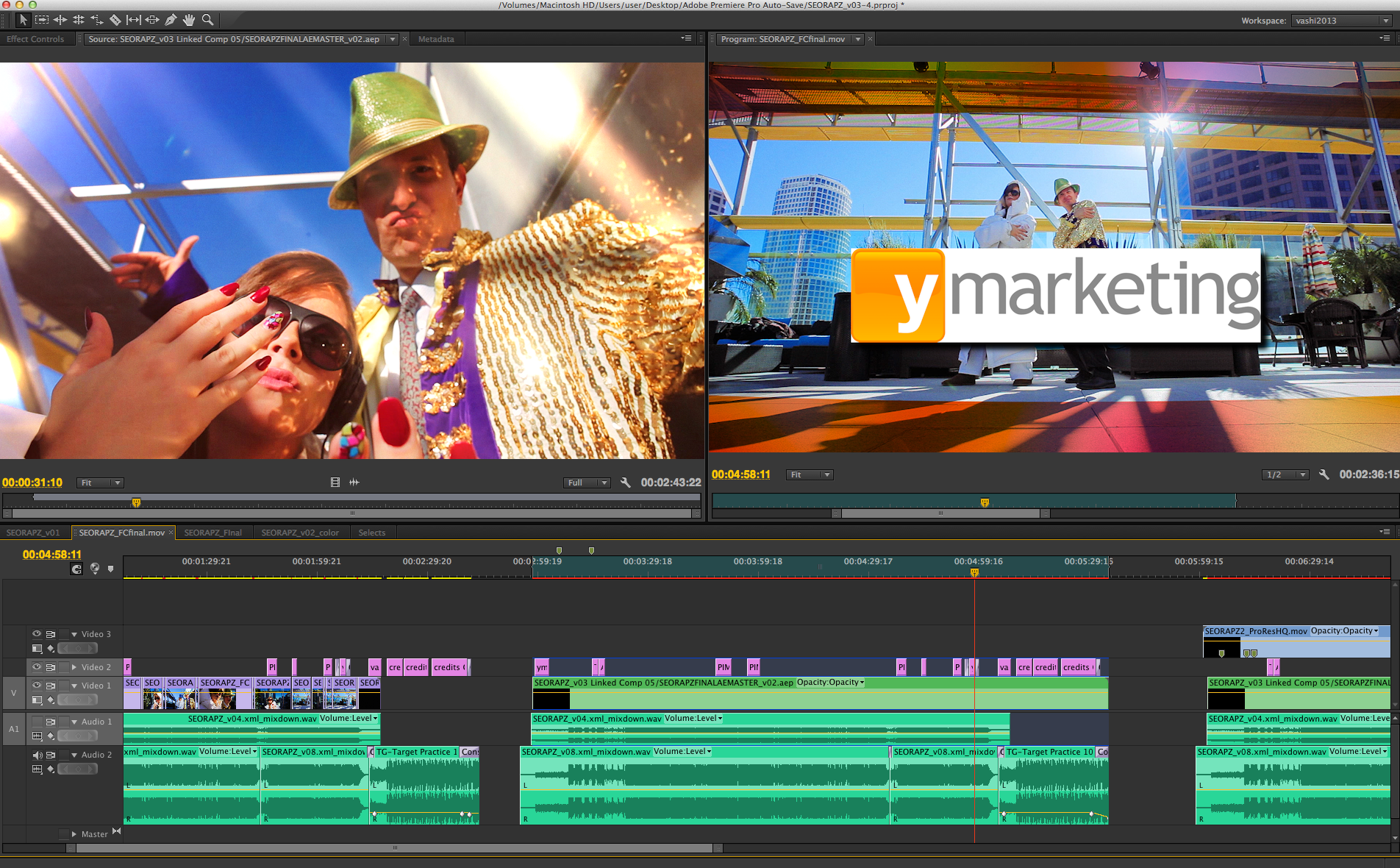
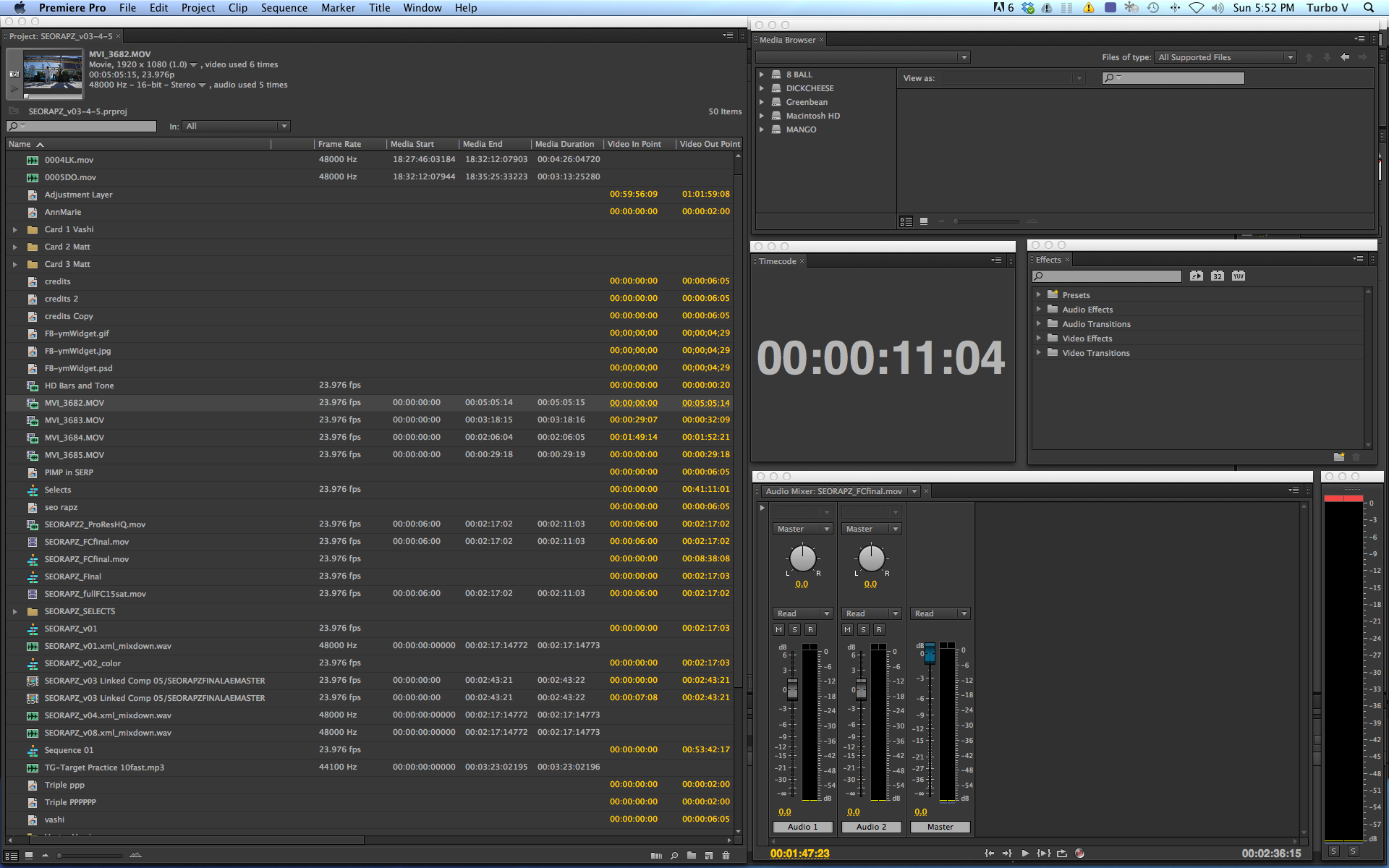
One Comment
Film and Video production is a great art and the future of filmmaker is bright with this amazing 8K Camera technology.